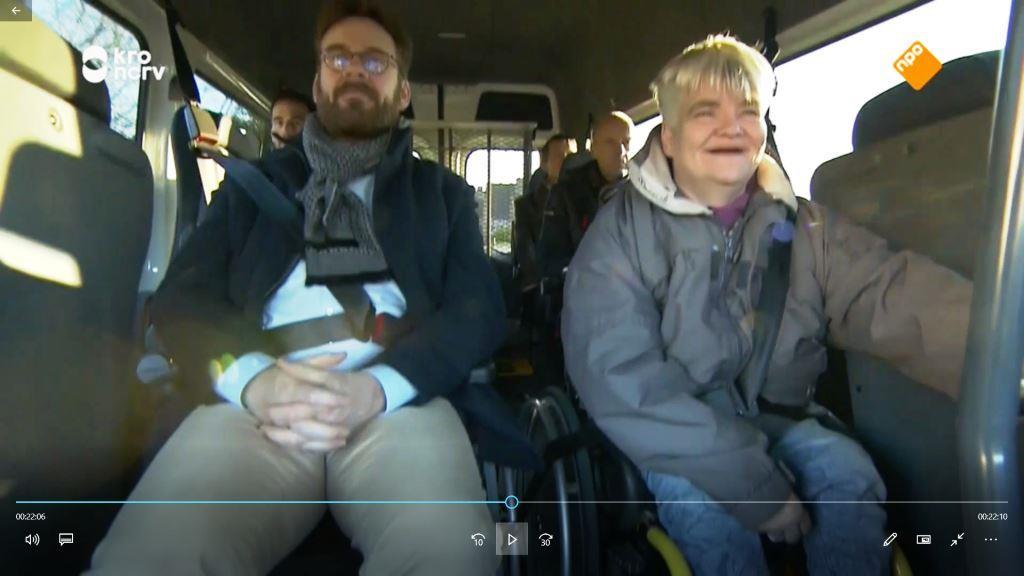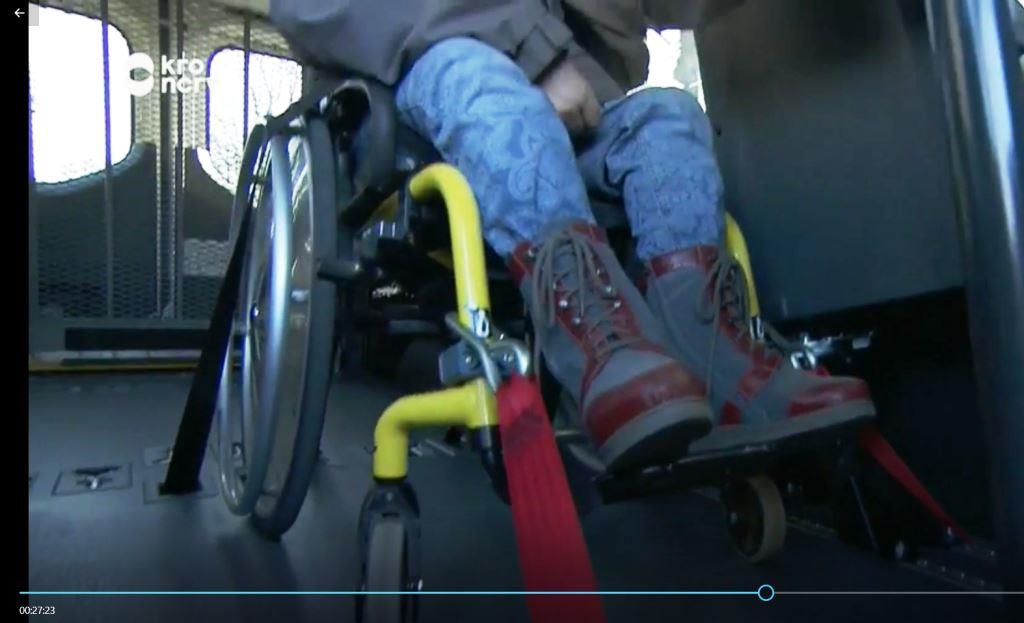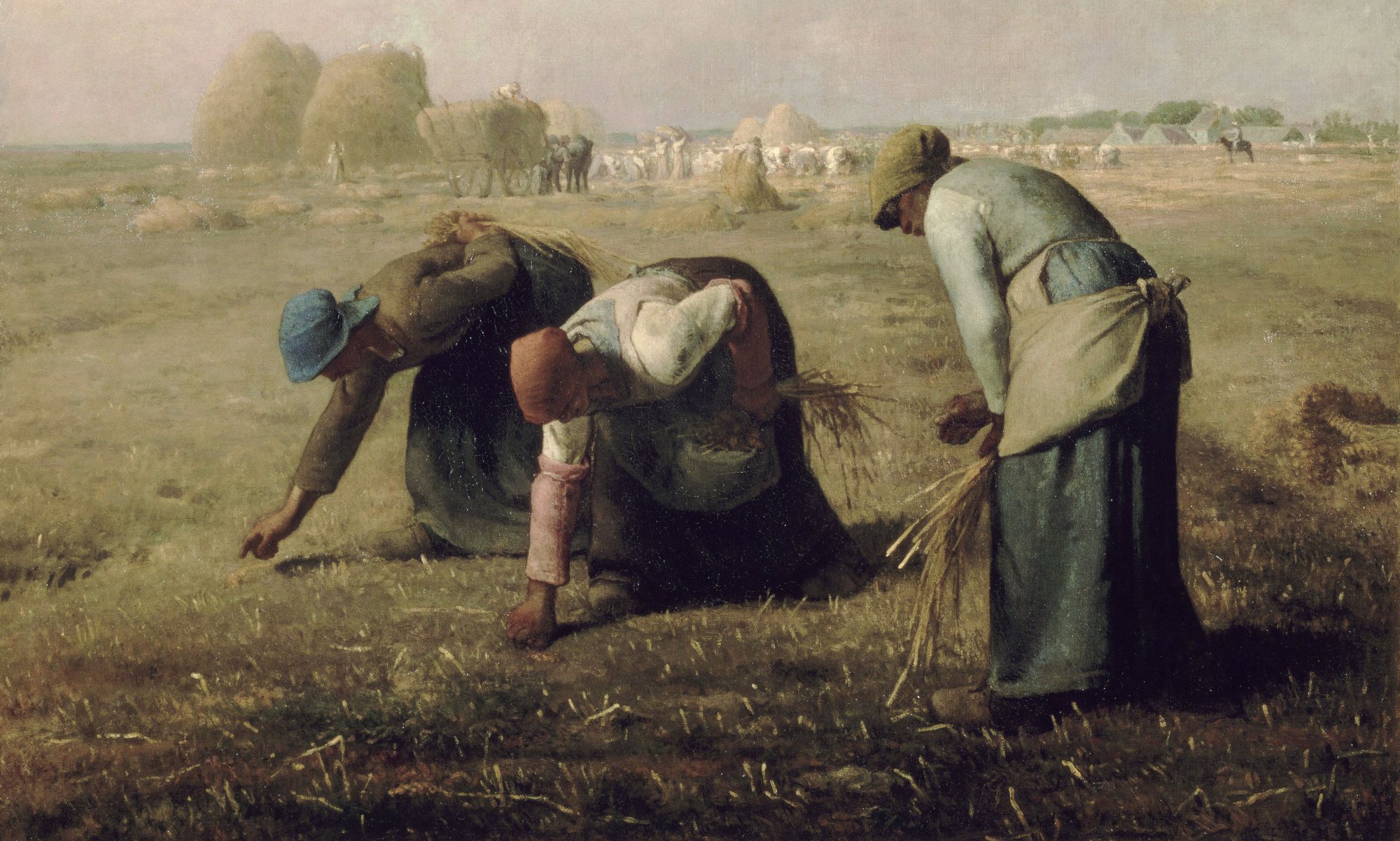This post is also available in: Nederlands (Dutch)
The rijdende rechter settled a dispute between a wheelchair user and a taxi company in the broadcast on 18 March 2020. The question was whether or not she had been rightly refused in wheelchair transport. It turned out that she has a type of wheelchair that has met the crash test and is allowed to carry the wheelchairuser in transport from the Code VVR (SFM).
The broadcast did yield a few picture puzzles.
Only crashed wheelchairs
Sociaal Fonds Mobiliteit (SFM) made a plea for the VVR Code . Only wheelchair users in a wheelchair type who have complied with the crash test should be allowed to take the taxi bus. The criterion for this would be the hook label at the anchor points.
I have already shown that this reasoning does not make sense in an earlier blog. Even in the case of custom wheelchairs, the manufacturer may stick the hook label. Namely, for the confirmation of the places on the wheelchair for fixation of the tiedown system, when transported in a wheelchair (taxi) bus.
Interesting Case
It would be an interesting case if a user of an individually adapted wheelchair were to challenge a refusal in wheelchair transport to the rijdende rechter. The question at issue is: Where in the law and regulations (Article 59 RVV, Medical Device Directive-MDD (soon to be Medical Device Regulation-MDR), one finds the basis for that refusal. I haven’t seen that answer come through yet. The MDD (and also the MDR) certainly allows aids to measure! Also in the surrounding countries, people in custom-made wheelchairs use wheelchair transport while sitting in the wheelchair. Are we more Papist than the Pope? Why, anyway?
Accident
The lady in the wheelchair indicated that she had fallen backwards during a ride in the past. The rijdende rechter asked further. She had clearly been traumatized by that and wanted to be able to hold on. If safety is really an issue, I would have expected the transport company or SFM would have asked further. You want to learn from accidents, even if they happened at another company.
Two picture puzzles
Thes picture puzzles below run the risk of getting into discussions like, “But that’s much more dangerous situation”. Where the responsibility is put with the other party. And then the discussion continues with another example…
If risks are identified, the follow-up is: Assessing the consequences. How often such situations lead to accidents. Can it be solved? and are there negative effects of the solution? Then weigh up what wisdom is!
It is expressly not my intention to go against the driver. Think of the picture puzzles as an alert without judgment, we should do more of these!
What can we learn from this? What is the safety risk for both images?

(source: KRO NCRV)

Role of the tender
There are so many other aspects that play a role in safe wheelchair transport. Perhaps the greatest safety risk is the ever-changing tenders and short contracts in transport. Drivers get redundancy and people from the UWV are trained, so that at the next round they can get back to dismissal. How can you ever guarantee professionalism? Are you going to invest to get to know your regular customers? If you run the risk of flying out in two or three years?
Unfortunately, the driver is screwed up if an accident happens because of his mistake. What role does the time pressure play or still being in the training process. And what moral responsibility rests on the transport contract partners to ensure a stable longer contract situation? Also in the best interests of the passenger!
I overacting here (my experience is dated). There are certainly companies, municipalities and experienced and driven drivers who value quality. It isn’t easy for them if they have to complete with the lowest price. See also Finance and Quality. Or if a client (municipality) does not check the following of the quality requirements, in the specifications. Which makes it look beautiful on paper but in practice…. The market has no morals, people do act on them!
Wheelchair bus driver is a profession that deserves appreciation and the space to do the job properly!
References
